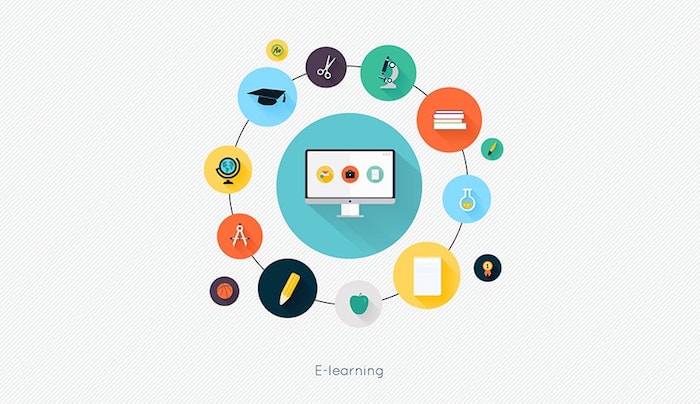
About this course:
Mechanics of Machining
Description:
Principles of metal cutting; Mechanics of chip formation; Geometry of cutting tools and tool signatures; Orthogonal and oblique cutting; Metal cutting models: Merchant model, Lee- Shaffer model, Oxley model; Forces in metal cutting; Tribology in metal cutting; Surface roughness in machining; Thermal aspects of machining; Tool wear, tool life, tool materials, tool coatings and coating techniques; Economics of machining; Machinability; Cutting fluids: properties, types, application techniques, emissions and its adverse effects; Recent advances in machining: hard turning, high seed machining, diamond turning, machining of advanced materials, machining with minimum quantity cutting fluids and cryogenic fluids; Grinding: mechanics, forces, specific energy, temperature, wheel wear and surface finish; Other conventional finishing processes: honing, lapping, super finishing; Applications of FEM and optimization to machining as well as finishing.
Texts/References:
[1] M. C. Shaw, Metal Cutting, Tata McGraw Hill, New Delhi, 2004.
[2] M. C. Shaw, Principles of Abrasive Processing, Oxford University Press, 1996.
[3] G. K. Lal, Introduction to Machining Science, New Age International Publishers, 2007.
[4] G. Boothroyd and W. A. Knight, Fundamentals of Machining and Machine Tools, CRC-Taylor and Francis, 2006.
[5] A. Ghosh and A. K. Malik, Manufacturing Science, East West Press, 2010.
[6] R. A. Lindberg, Processes and Materials of Manufacture, PHI Learning, 2013.
[7] P. H. Black, Metal Cutting Theory, McGraw Hill, 1961.